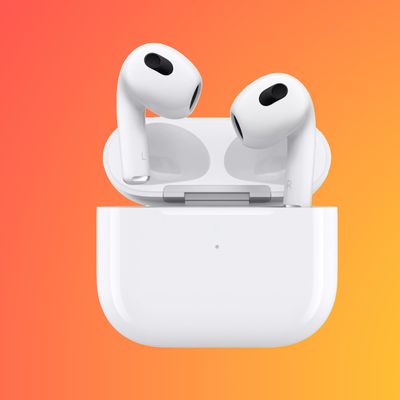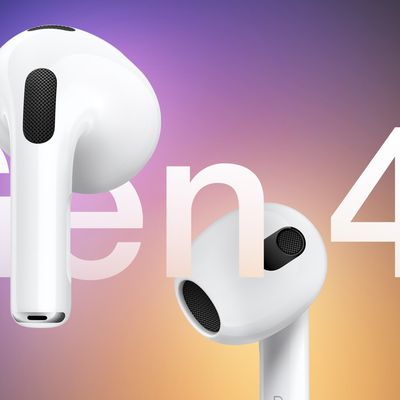Apple introduced the third-generation AirPods nearly three years ago and an all new model is now slated to launch later this year with a range of improvements and new features.

Many of the changes and improvements introduced with the third-generation AirPods originated on the first-generation AirPods Pro. As such, it seems likely that many of the upgrades coming to the fourth-generation AirPods will be shaped by the second-generation AirPods Pro. Our best indications so far about what to expect come from a report by Bloomberg's Mark Gurman.
Two Models
Apple is rumored to be working on two versions of the fourth-generation AirPods targeting different price points. The company is apparently aiming to replace both the third-generation AirPods and the lower-priced second-generation AirPods that it continues to sell. Currently, there is little difference between the AirPods 2 and AirPods 3 beyond their designs.
The higher-end version of the AirPods will purportedly feature Active Noise Cancellation (ANC) and a speaker in the charging case that can play a sound for easy location, which both have to date been limited to the AirPods Pro.
Design Changes
The next-generation AirPods are rumored to feature an updated design, looking like a cross between the current AirPods and the AirPods Pro, with slightly shorter stems. Fit is expected to be improved, but it is as of yet unclear if Apple will add silicone ear tips.
H2 Chip
One of the key aspects the next-generation AirPods are likely to bring over from the second-generation AirPods Pro is the H2 chip. Both the second- and third-generation AirPods currently feature the H1 chip.
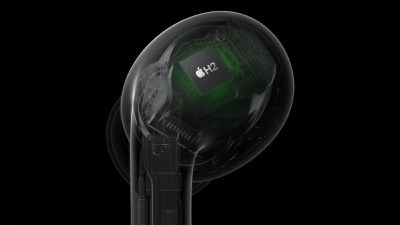
Apple says the H2 chip provides an "exceptional acoustic experience" when paired with a new low-distortion audio driver and custom amplifier in the AirPods Pro. The AirPods Pro offer richer bass and clearer sound across a wider range of frequencies partly due to the computational audio improvements facilitated by the H2 chip, so similar enhancements seem highly likely to come to the fourth-generation AirPods.
There could also be improvements to Personalized Spatial Audio, faster pairing and device switching, and persistent battery information thanks to the H2 chip.
Bluetooth 5.3
In the AirPods Pro, the H2 chip is accompanied by Bluetooth 5.3 connectivity. Many of Apple's products now feature Bluetooth 5.3, so the fourth-generation AirPods are highly likely to receive this upgrade. Bluetooth 5.3 offers faster and more reliable connectivity with Bluetooth accessories, as well as improved power efficiency, which can contribute to longer battery life.
Longer Battery Life
The H2 chip is more power efficient than the H1 chip in the second- and third-generation AirPods. In the AirPods Pro, the H2 chip and Bluetooth 5.3 provide an additional hour and a half of listening time with Active Noise Cancellation enabled compared to the previous generation. Applied to the standard AirPods, this could translate to a battery life increase from five hours to around six and a half hours.
Volume Controls
It is also possible that the AirPods could gain touch-based volume controls like the AirPods Pro. To turn the volume up or down, users simply place their thumb on the stem of either AirPod and use their index finger to swipe up or down on the small touch control area.
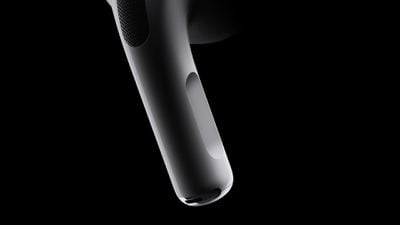
That being said, Apple could regard on-device volume controls as a high-end feature reserved for the AirPods Pro and AirPods Max, meaning that the fourth-generation AirPods could still miss out on this feature.
Find My Improvements
The MagSafe Charging Case is also likely to get several improvements to integrate more deeply with Find My. The second-generation AirPods Pro introduced two key features in this area: The U1 chip for Precision Tracking and a built-in speaker.
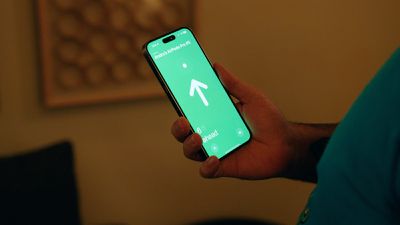
Currently, your iPhone or iPad can help guide you to their location in the Find My app, but this is a limited experience on the current model, simply indicating whether or not they are nearby. The U1 chip would allow your iPhone to show an arrow pointing in the specific direction of your AirPods, an approximate distance telling you how far away they are, and even a message saying if they are located on a different floor.
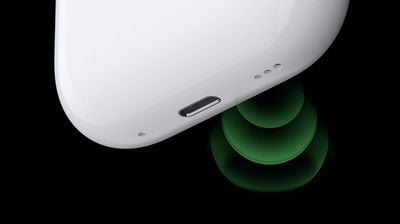
Similarly, you can currently play a sound on your AirPods to help you find them, but this is played through the earbuds. If the earbuds are inside the charging case, it is likely the sound will be quite muffled. With the latest AirPods Pro, Apple added a speaker to the charging case itself, allowing users to more clearly hear a location alert from their AirPods, and even locate the case when it is separate from the earbuds. An identical speaker is expected come to the high-end version of the standard AirPods in their next iteration.
It is also worth noting that the lanyard loop on the AirPods Pro doubles as an antenna for the U1 chip, so this small feature could also be coming to the next-generation AirPods if they do offer Precision Tracking.
Apple Watch Charger Compatibility
The third-generation AirPods can charge via MagSafe, a Qi wireless charger, or a Lightning cable. With its latest AirPods Pro model, Apple added the ability to use an Apple Watch charger as an additional charging method.
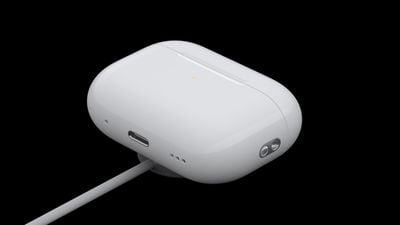
Apple does not seem to regard charging technologies as "Pro"-exclusive features, so, as a basic utility, it seems likely that this added charging method will come to the fourth-generation AirPods to provide even more versatility.
Hearing Aid Functionality
In a software update coming later next year, Apple will apparently add hearing aid functionality, allowing AirPods to serve as an over-the-counter (OTC) hearing alternative to traditional hearing aids. The FDA in 2022 approved OTC hearing aid options, paving the way for Apple to market the AirPods for hearing loss. Apple also allegedly plans to offer hearing tests that would tell AirPods users if they are experiencing hearing loss.
USB-C Port
Like the most recent iPhone models and the USB-C AirPods Pro, the fourth-generation AirPods are expected to include a USB-C port for charging.
Release Date
Rumors suggest that the fourth-generation AirPods will launch in September or October 2024.


